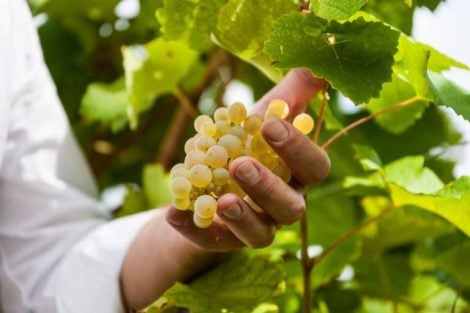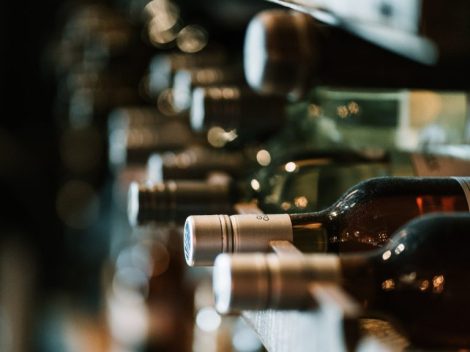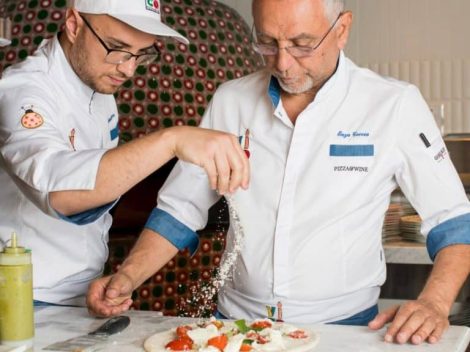The white rock plunging into the blue sea abruptly interrupts the quiet sandy coastline. A limestone bow rises isolated in the Adriatic, enveloped by maritime pines, strawberry trees, and the intense scents of Mediterranean scrub. The Conero promontory is a unique and distinctive place, a microcosm marking an orographic and microclimatic discontinuity with the rest of the coast. The best wines of Conero stand out for their elegant character and fragrant, juicy fruit. They are the pure expression of a terroir that blends a sunny character with the freshness and iodized nuances of the sea. Smooth reds, with a pleasantly harmonious and balanced sip. These characteristics are especially found in Rosso Conero versions aged in steel, cement, or large barrels, while the Reserves are often linked to a vision of powerful and concentrated reds, the result of harvests on the verge of overripeness and intense extractions. However, some wineries have also changed the style of the Reserves, lightening their profile and aiming for greater finesse. But it is the imminent revision of the production regulations, which includes the introduction of Rosato and Metodo Classico Rosé types in the DOCG, that offers the opportunity for a moment of reflection on the wines of the area on the eve of what promises to be a true revolution for the denomination.
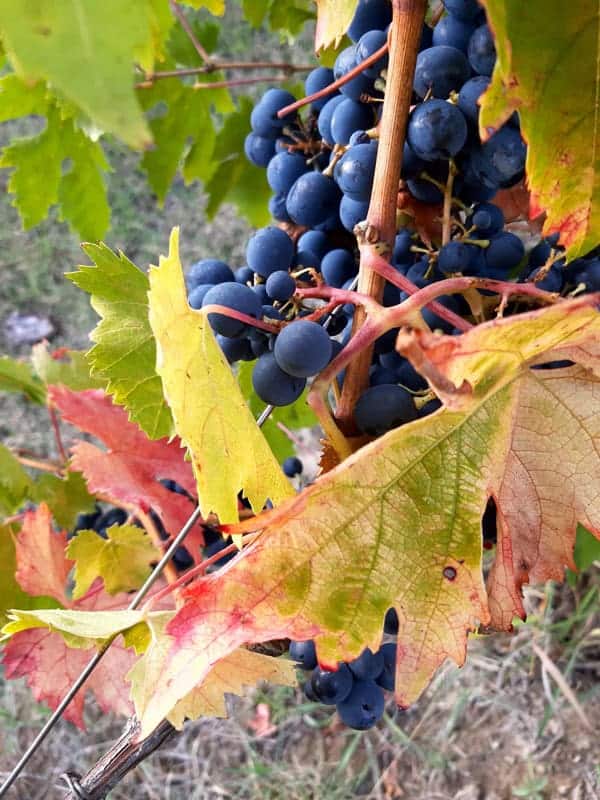
Limestone, sun, and sea: finesse and freshness
The Conero production area extends over the municipalities of Ancona, Offagna, Camerano, Sirolo, Numana, and parts of Castelfidardo and Osimo. The regulations require the use of Montepulciano (minimum 85%) possibly integrated with Sangiovese (maximum 15%). The climate is bright and ventilated, typically Mediterranean, influenced by the mild breezes of the Adriatic. Good temperature variations favor a gradual ripening of the grapes with the development of rich aromas and the preservation of good acidity. On calcareous soils, red grapes express themselves with a particularly fine profile. The structure of Montepulciano becomes thinner, loses power and tannic roughness, acquiring elegance and a boost of clear freshness. A rarified and delicate red, which retains fruity exuberance while giving up its typical expressive density. With a few years of bottle aging, the wine gains more complexity, and the tannins dissolve into a soft and enveloping texture.
Past and future: two styles compared
David Redondi, export manager of the Garofoli winery, tells us about the change in style of these reds and the rediscovery of ancient traditions. “In the 90s, internationally styled, rich, and concentrated wines were in vogue. Our Conero Riserva DOCG Grosso Agontano follows that style, the result of long aging in barrique. On the other hand, Rosso Conero DOC Piancarda was born in the 60s as a single vineyard wine aged in large Slavonian oak barrels. A stylistic choice that has proven successful over time and is very relevant today as it enhances the freshand savory character of Conero’s Montepulciano.”
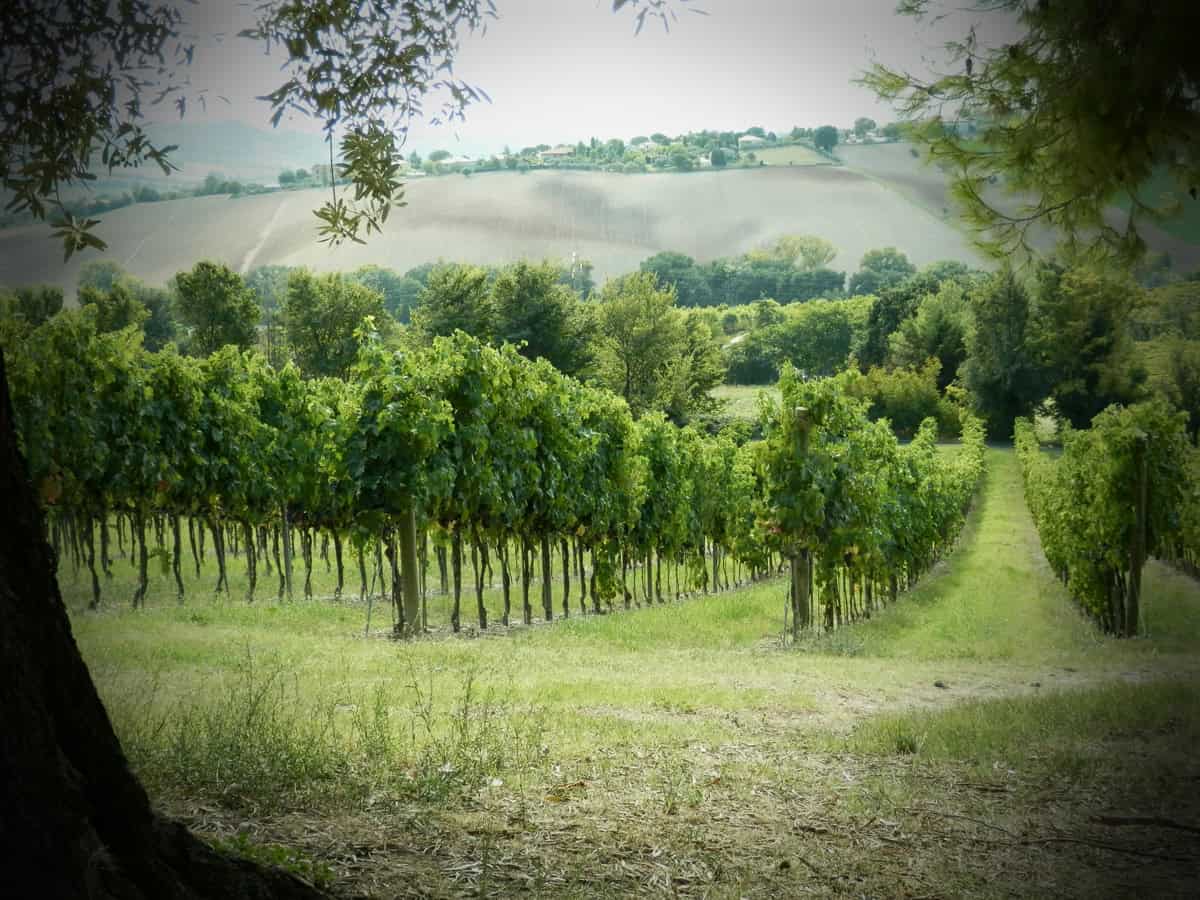
Rosato and Metodo Classico Rosé
The finesse and freshness characteristics of Conero wines, and particularly the high acidity due to the microclimate and calcareous soils, make the area highly suited for producing Rosati and Metodo Classico Rosé. This is an interesting opportunity from a commercial perspective, considering the global decline in red wine consumption. For several years, some wineries have already been dedicated to these types of wines. Garofoli, Umani Ronchi, and Fattoria le Terrazze produce a Metodo Classico Rosé with Montepulciano grapes, already pointing the way to the future. For Rosato, the situation is more varied. Silvano Strologo, owner of a winery in Camerano, has a good experience and clear ideas about the two new types: “We started making rosé in the 80s with the saignée technique. Now, I harvest grapes for rosé a couple of weeks before those destined for reds. In my opinion, Conero’s Rosato should be in a Provençal style, light and fresh. As for Metodo Classico, I have been producing a Blanc de Noirs with Montepulciano grapes for many years and believe I will continue to do so even after the introduction of Metodo Classico Rosé in the regulations.”
The historic Moroder winery has long experience in rosé, as Mattia Moroder explains: “Rosé for Conero is a great opportunity. It is a type of wine that has belonged to our area for a long time, but it has never been framed in a regulation, and each producer has followed their own path. Conero is a tourist-driven area, and rosé can find many pairings with seafood cuisine. I believe it can be an excellent vehicle to promote the area. In my opinion, Conero’s Rosato should position itself between the Provençal style and Cerasuolo d’Abruzzo. It should aim to be an important rosé, targeting high quality.”
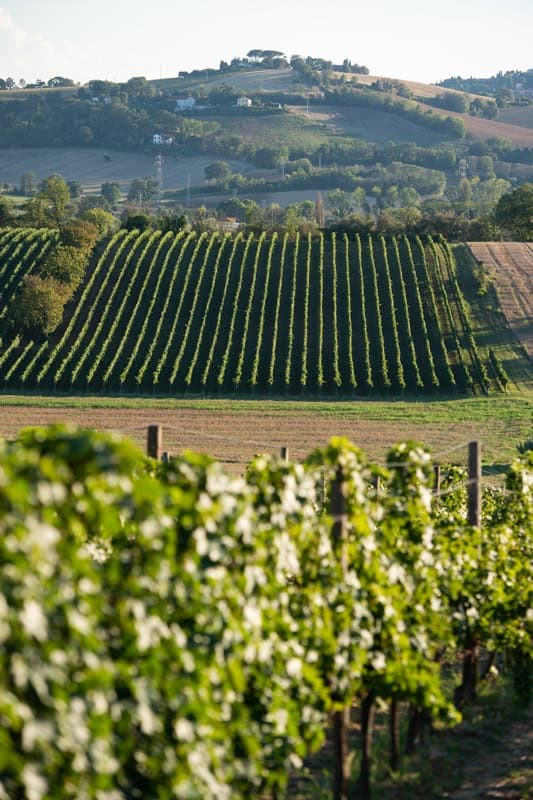
Wines for traditional seafood cuisine
Paolo Berluti, owner with his sister Eleonora of the La Calcinara estate, shares his experience, which began 10 years ago. “For us, rosé is an important wine. We started producing Mun in 2014, a cold and rainy year, and since then, with each harvest, we try to make a rosé in the same style, always using grapes from a cool climate vineyard facing northwest, which allows us not to harvest too early. We Ancona people are a population of fishermen, and our cuisine is seafood-based. However, we have a flagship red grape, Montepulciano, which has a strong and decisive personality. We are the northernmost area for cultivating this grape, which ripens well thanks to the sun, the white limestone soils, and the mild climate. In vinifying it, we should respect Conero’s marine vocation, producing light, fresh, and savory rosés without over-extracting rich fruit, which would cover the saline part. Conero’s Rosato should highlight and enhance our terroir’s character: mineral and saline. Montepulciano, with its structure, will never give us frivolous rosés but always expressive and deep ones, even without excessive extraction and maceration. Conero’s Rosato should be the synthesis of our marine, calcareous territory and the characteristics of the grape.”
Some aim for Cerasuolo d'Abruzzo style
However, some have a different perspective, as explained by producer Maurizio Marchetti. “We have been working on Rosato for years. Initially, we produced a saignée Rosato, now we work cold with soft pressing and brief skin contact. Personally, I prefer a Rosato in the Cerasuolo d’Abruzzo style, rather full-bodied and intense, rather than the Provençal style.” Another producer, Oriano Mercante, owner of the winery bearing his name, also continues to make a rich and very fruity saignée rosé. Perhaps, as someone once said, the winning card for Conero could be a synthesis of these different viewpoints.

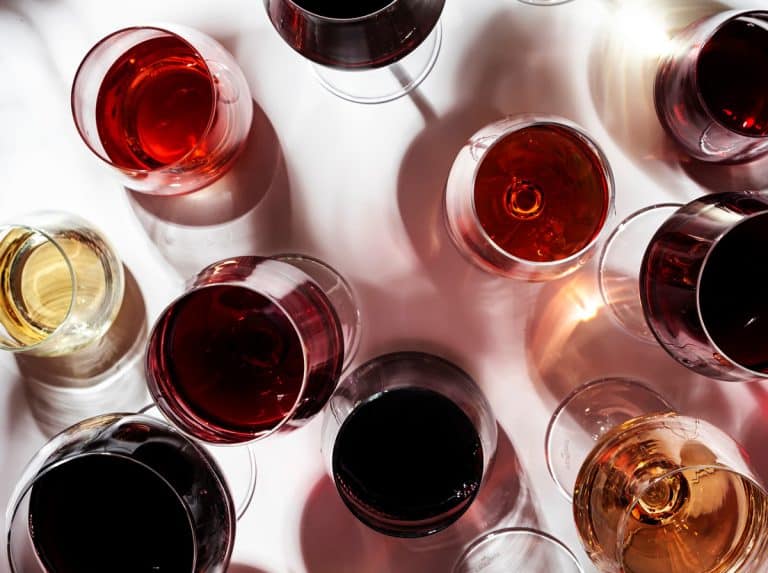
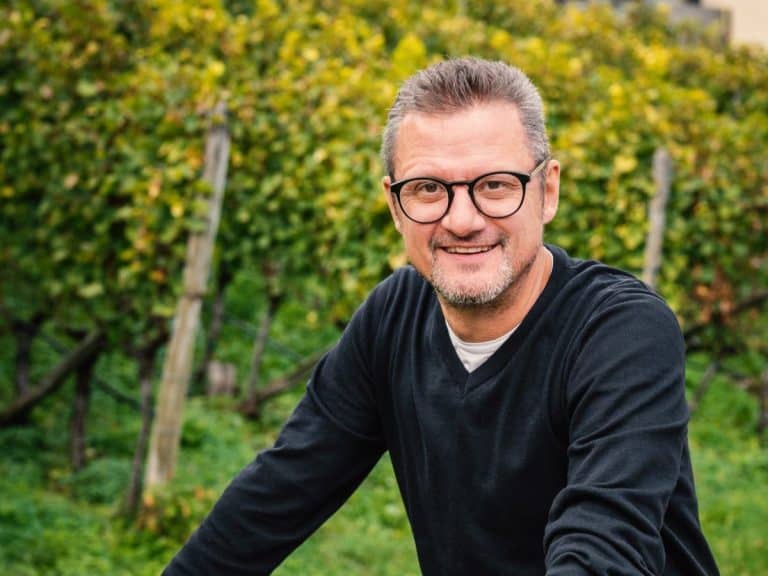 Non-alcoholic wines? Call them what you want, but they’re still a derivative of wine.” An Interview with Martin Foradori
Non-alcoholic wines? Call them what you want, but they’re still a derivative of wine.” An Interview with Martin Foradori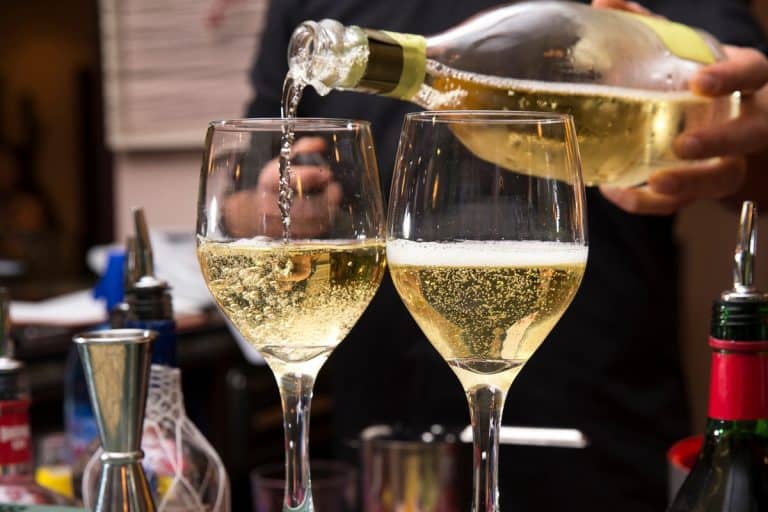 The 8 best Trentodoc wines chosen by Gambero Rosso
The 8 best Trentodoc wines chosen by Gambero Rosso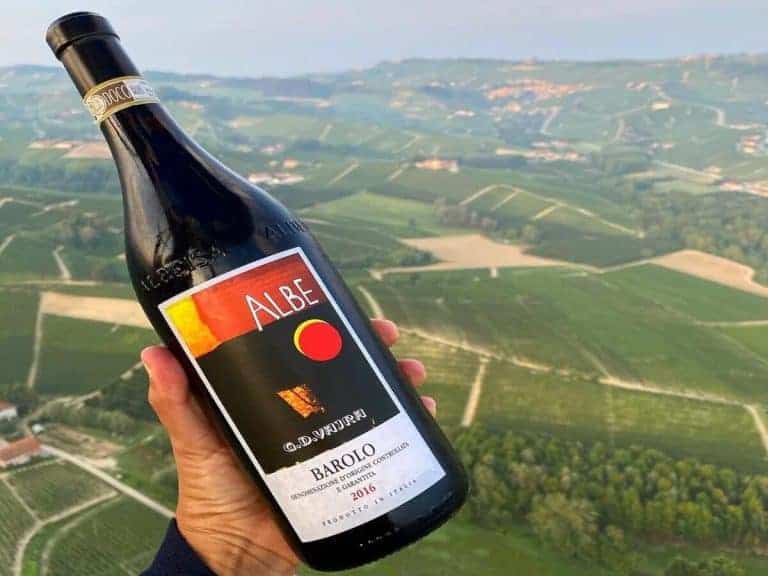 A Piedmont wine enters the top ten of Wine Spectator's "Top 100"
A Piedmont wine enters the top ten of Wine Spectator's "Top 100" Sparkling wines surpass still wines in Italian out-of-home consumption. Most popular during the aperitif
Sparkling wines surpass still wines in Italian out-of-home consumption. Most popular during the aperitif American Barbecue wins a Michelin star for the first time in history
American Barbecue wins a Michelin star for the first time in history